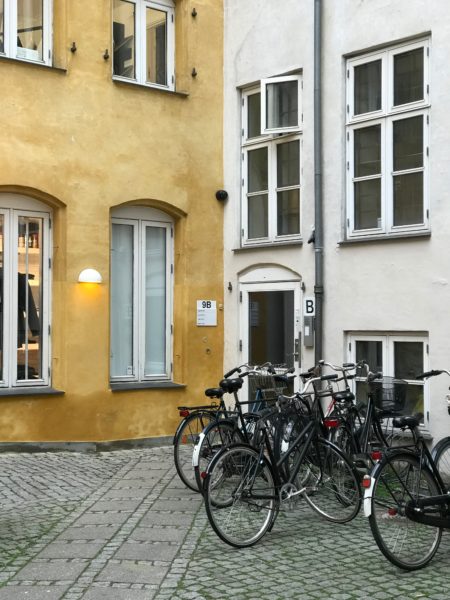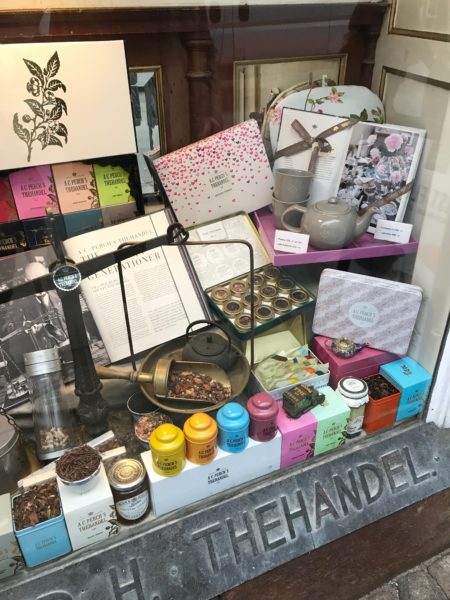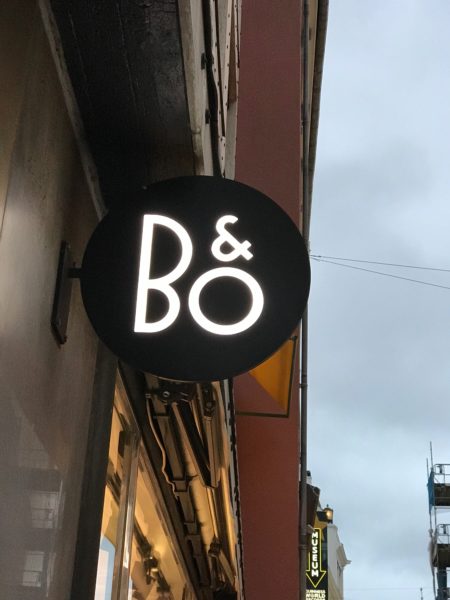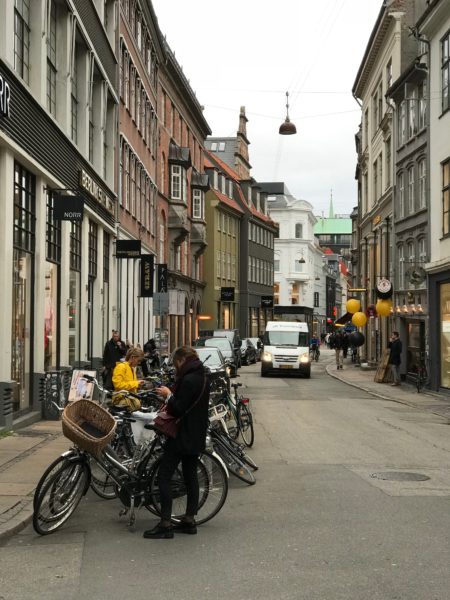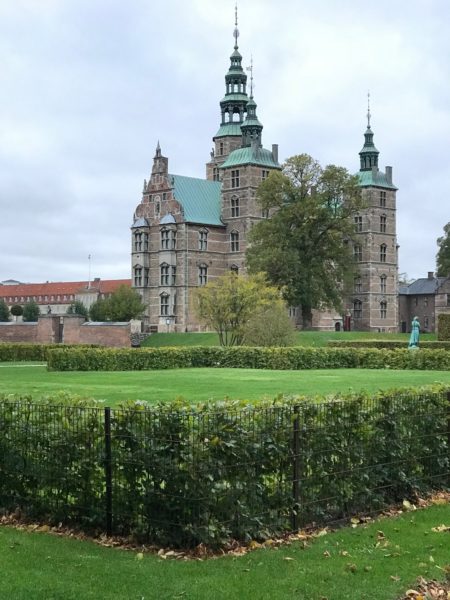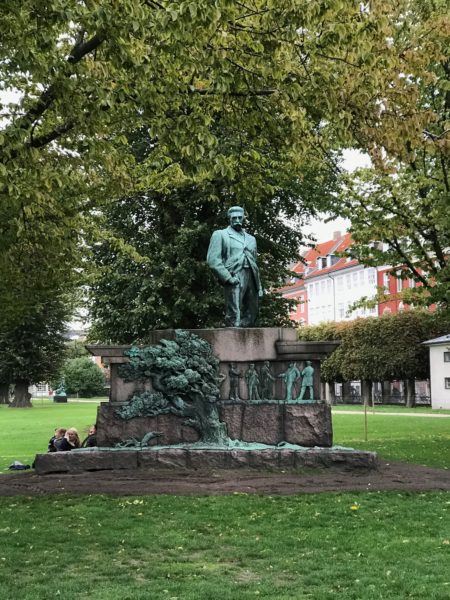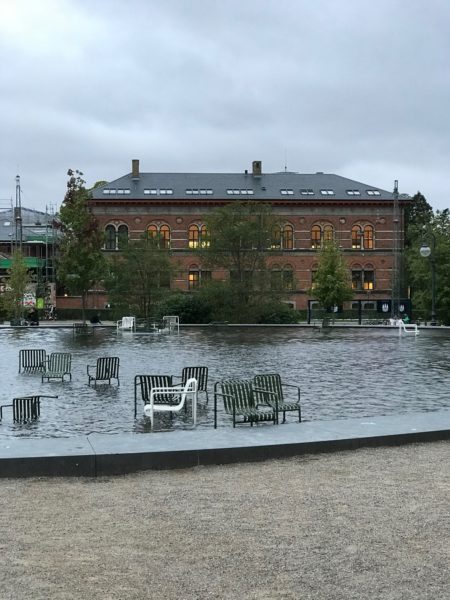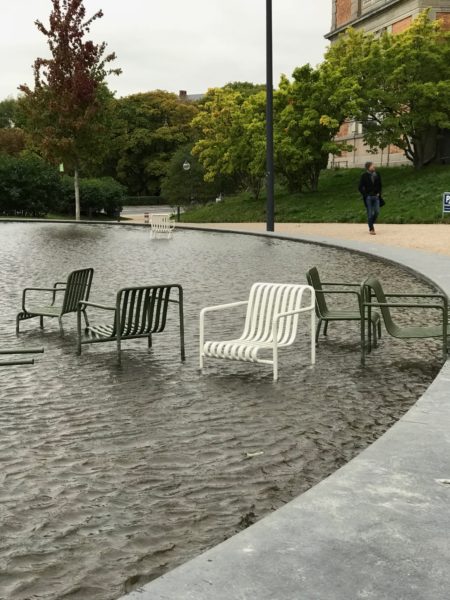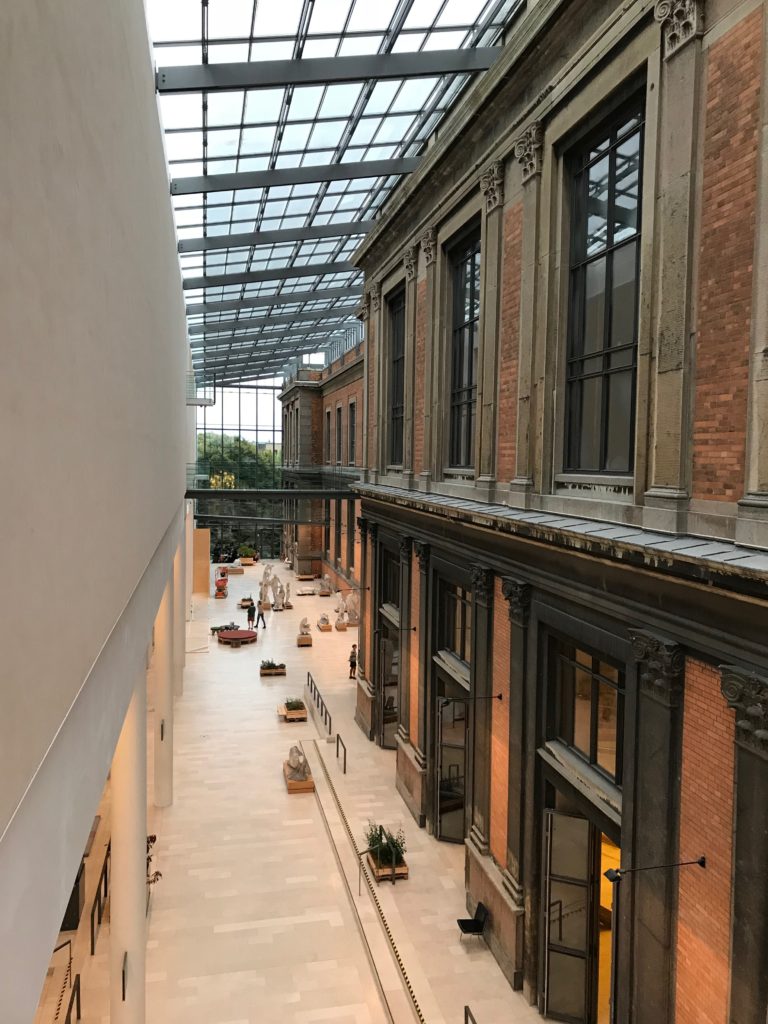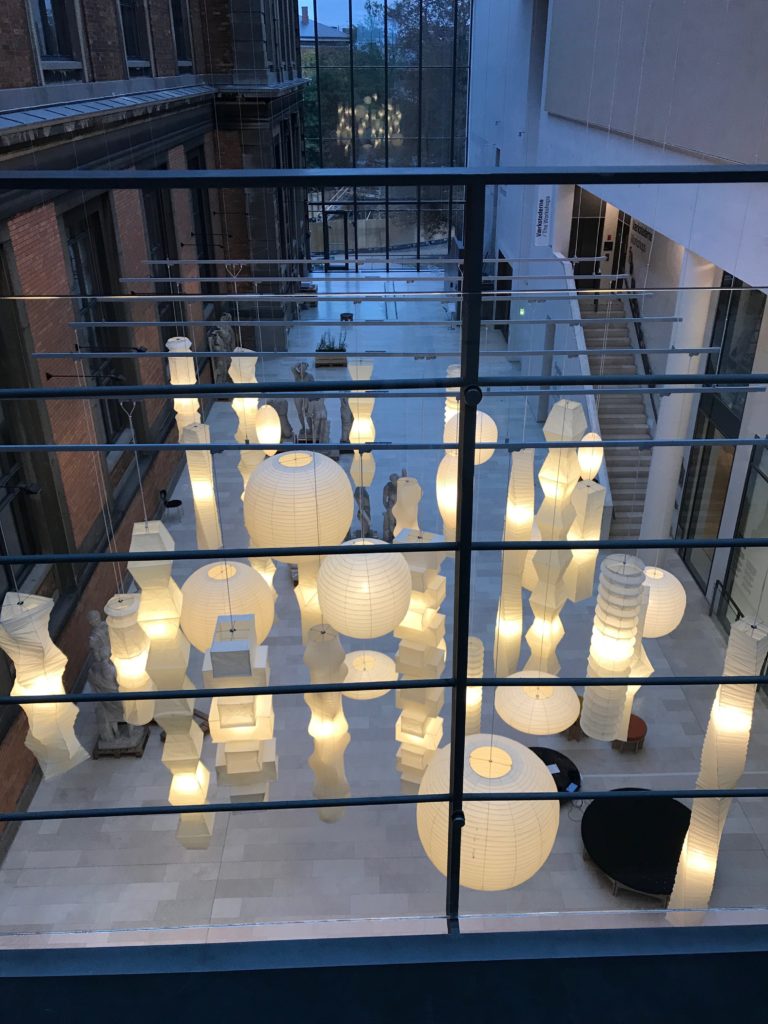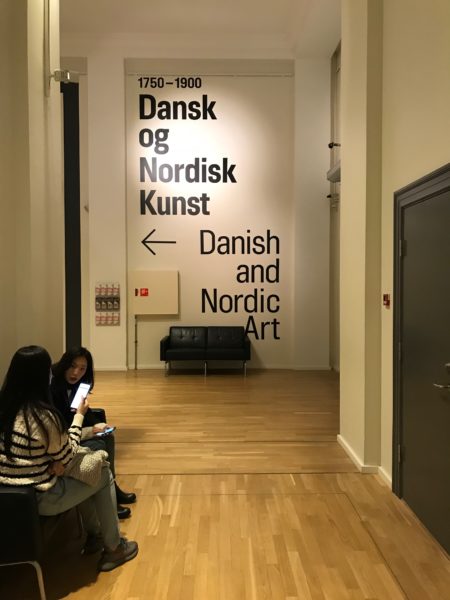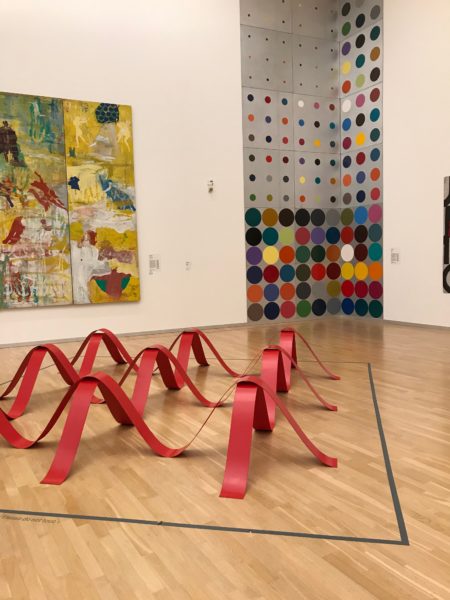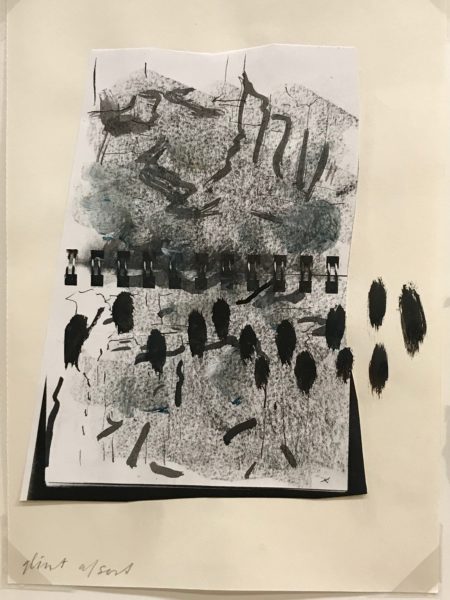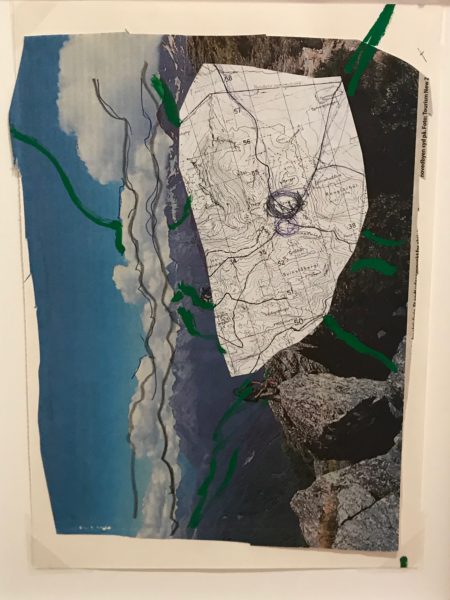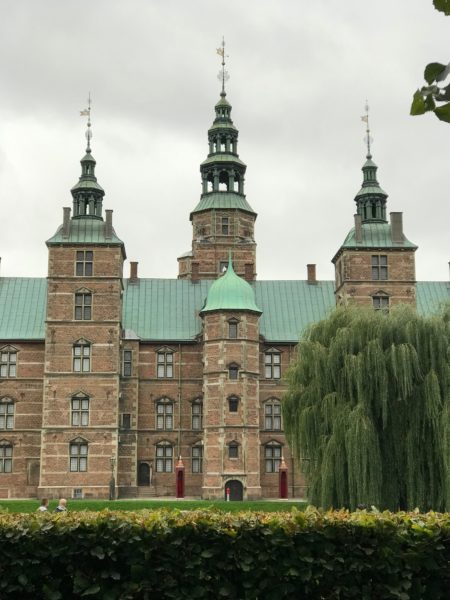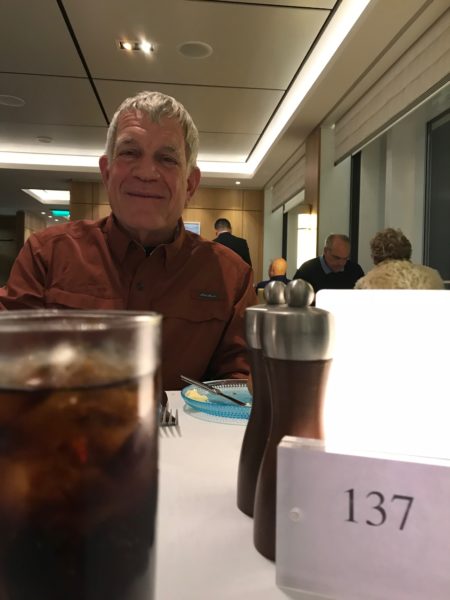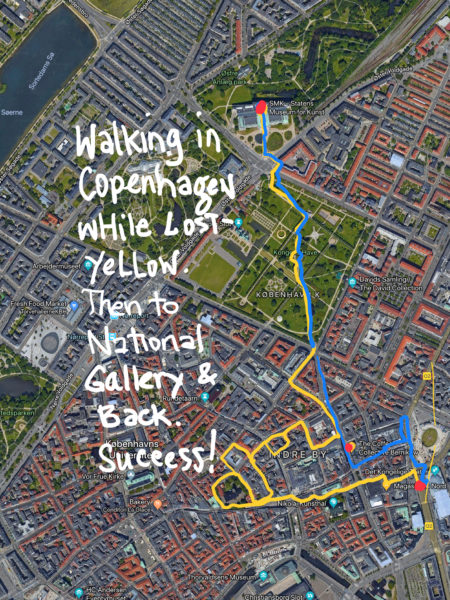
https://drcarlosarzabe.com/dr-carlos-arzabe/ Welcome Rainbow over Fredericia © 2018 Bo Mackison
Parts are from my dictated journal dated October 1, 2018 — a brand new month!
Buy Cheap Tramadol Online Uk Leaving the dock area and ready to explore the small town of Fredericia, there were all sorts of interesting sights to see. First, a row of Danish flags accompanied by a rainbow to welcome us.
- © 2018 Bo Mackison
- © 2018 Bo Mackison
Next, working tugs, made luminescent in the golden light. And an artist’s display with an infinity painting and miniature set up on the side –and no artist anywhere in sight.

Fredericia Harbor © 2018 Bo Mackison
Picture perfect harbor. We started walking, Bob and I following the guide at a quick pace. Cobblestones. Who ever thought those bumps of rock were a good enough idea that they should last for centuries, they might have had a stronger constitution than the one I possess.
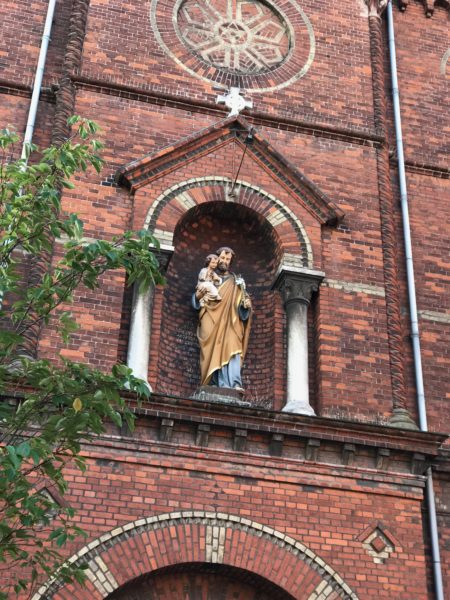
We charged past a few churches, but there wasn’t much time to take photographs. I did get this photo of Joseph and Child, but we didn’t have time to go inside. Not my favorite way to see a place, but sometimes it’s better to compromise and get an overall feel for a place.

Fredericia Old City Hall © 2018 Bo Mackison
We did pause in front of this building. What a beauty from a different time.
From VisitLillebaelt website: The former Town Hall, named after architect Ferdinand Meldahl, was inaugurated on July 6th, 1860. Meldahl is also the architect who designed the Marble Church in Copenhagen and “Tinghusene” the council buildings in Aalborg.
Fredericia’s coat of arms with the motto “Pro pace armatus” (“Armed for peace’) is a very precise expression of Fredericia’s historic importance as a defensive installation.
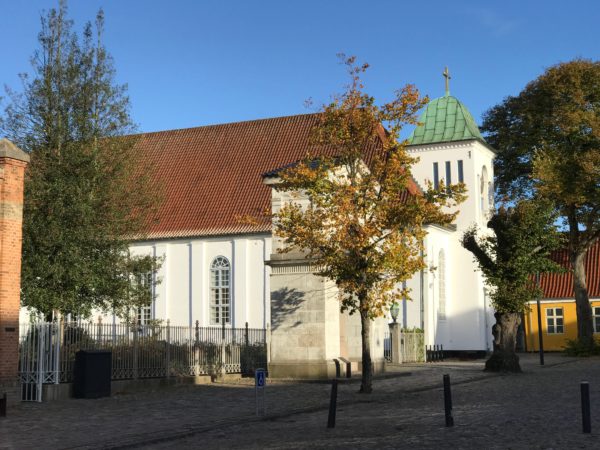
St. Michael the Archangel Church © 2018 Bo Mackison
We did have quite a bit of time to explore St. Michael’s Church — both the interior and the churchyard. And it was well worth exploring. Recently renovated, its simple design and ornamentation were quite remarkable.
From VisitLillebaelt website: St. Michael the Archangel Church was originally a German church because of lots of immigrants from the foreign countries in the south. From the year 1687 the garrison of the town belonged to the church and the church is still a garrison church as well as being an ordinary parish church.
The church does not have a tall bell tower because nothing inside the fortress town was permitted to be seen over the ramparts for the sake of safety.
- St. Michael the Archangel Church @ 2018 Bo Mackison
- St. Michael the Archangel Church @ 2018 Bo Mackison
- Ship in St. Michael the Archangel Church @ 2018 Bo Mackison
- Candelabra in St. Michael the Archangel Church @ 2018 Bo Mackison
- Gold Collection Basket @ 2018 Bo Mackison
- Danish Hymnals @ 2018 Bo Mackison
Interior details of St. Michael’s include the typical-for-Scandinavian-churches’ ship hanging from the rafters, a simple yet elegant chandelier, and a brass collection basket.
- St. Michael’s Cemetery @ 2018 Bo Mackison
- St. Michael’s Cemetery @ 2018 Bo Mackison
- St. Michael’s Cemetery @ 2018 Bo Mackison
- St. Michael’s Cemetery @ 2018 Bo Mackison
The surrounding graveyard is composed of well-tended family plots, more like a garden than a cemetery. Roses in bloom, lavender scenting the air, not a weed in sight.

Just a photograph of the brick gate of the Jewish cemetery.
From VisitLillebaelt website: The Jewish Cemetery is an important historical testimony to the considerable diversity of Fredericia’s population throughout centuries. With 550 graves it is the largest Jewish burial ground in Denmark outside of Copenhagen.
From VisitLillebaelt website: Fredericia is home to one of the largest and most well-preserved ramparts in Northern Europe. It is still complete with bastions, ravelins, moats and even cannons.
Today the fortification forms a peaceful and beautiful frame around the oldest part of Fredericia. The ramparts were built to strengthen Denmark’s defences in a time of war in Europe. The ramparts were built in 1650 by farmers, soldiers and convicts.
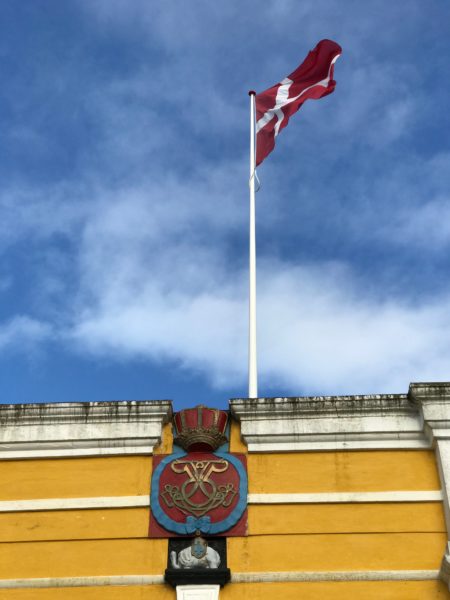
Fredericia once had six historic gates protecting the city; only three remain.
From VisitLillebaelt website: The oldest of the gates is the Prince’s Gate which in its current shape dates back to 1753. The gate replaced an earlier ramshackled wooden gate. The architect behind the Prince’s Gate was Officer and military architect Samuel Christoph Gedde.

Buy Cheap Tramadol With Mastercard The Foot Soldier statue is of a Danish soldier located near the Prince’s Gate, one of the historic entrances to the city. The people of Fredericia are proud of this statue because it honors the foot soldiers of the military, not the generals.
We left mid-tour and went on the search for a coffeehouse. We found Cafe Vivaldi. Because it was cold and we were a bit fatigued from our walk through the city streets and fortification site, we ordered cake and coffee for our lunch. The carrot cake and cappuccino revived us nicely.

A city park/square complete with surprise fountain area.
- Swedish Chrome
- Tiny and White
Cars in Fredericia of the small variety. The rusty one bears the name “Swedish Chrome.”
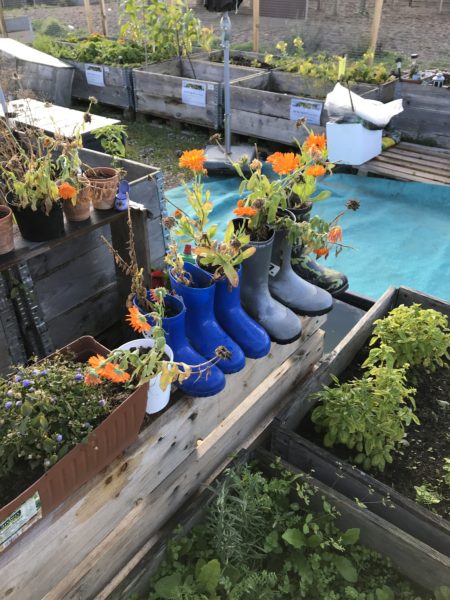
Gotta take a documentary photo of the boot garden!

Also need documentary proof of the cone with its ice cream composed of dripping plants.
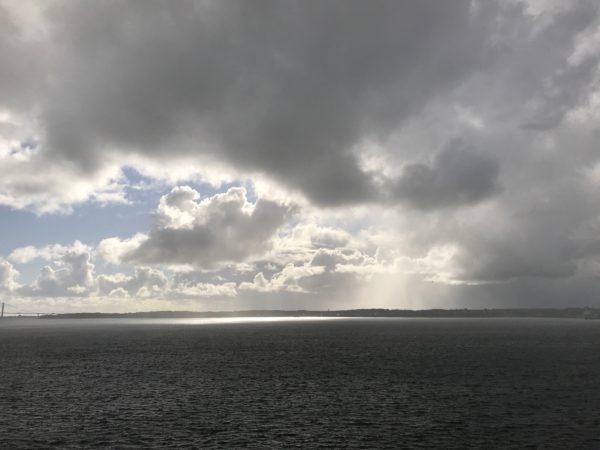
And at the end of the day, we pulled out of the harbor and headed into the sunset.
This evening we are on our way to Kiel, Germany and then we will traverse the Kiel Canal on our way to Hamburg.



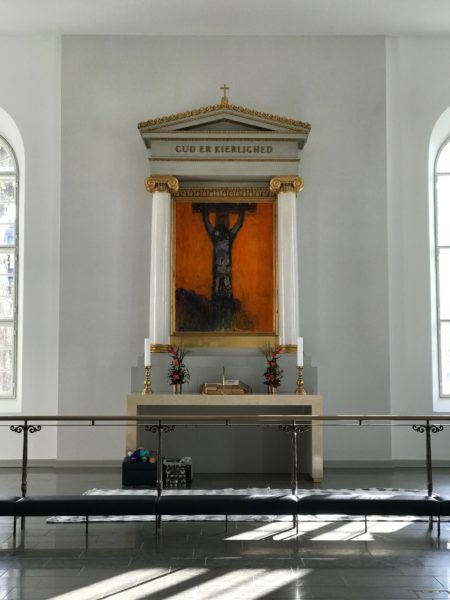



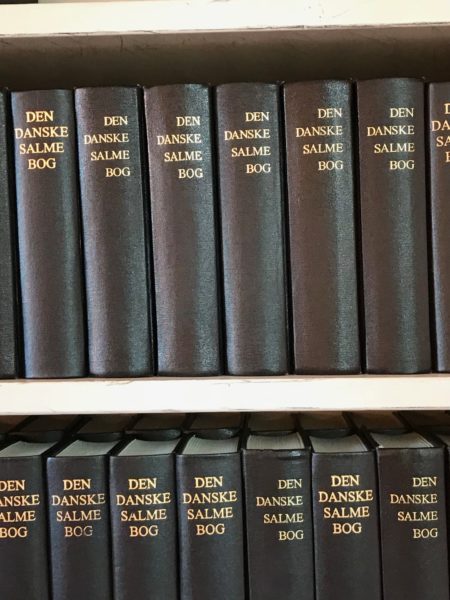

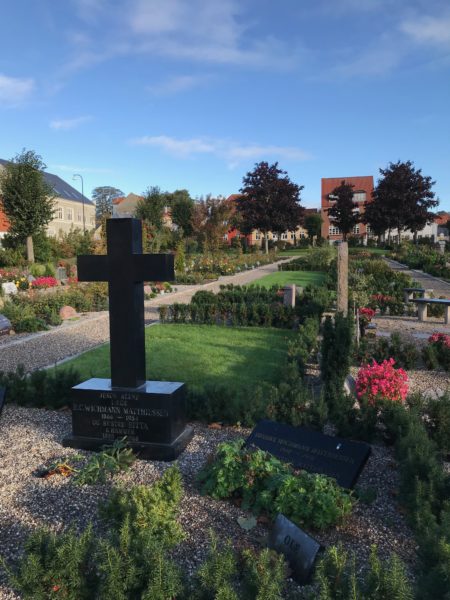

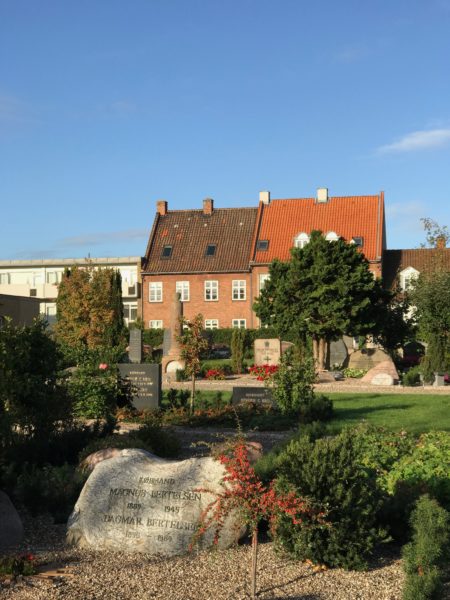
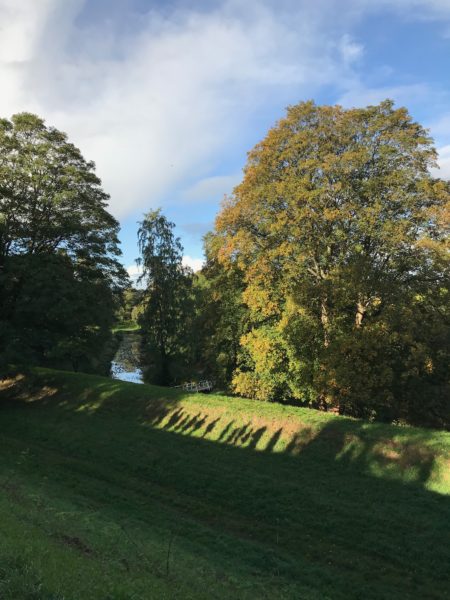
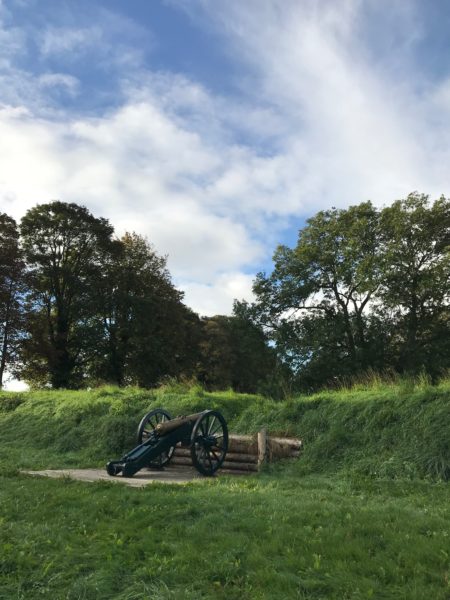
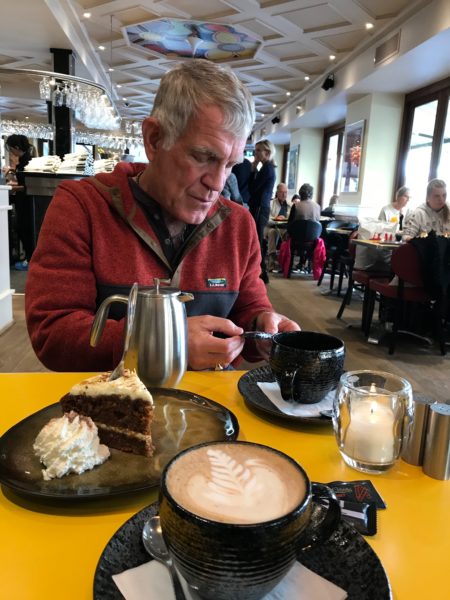

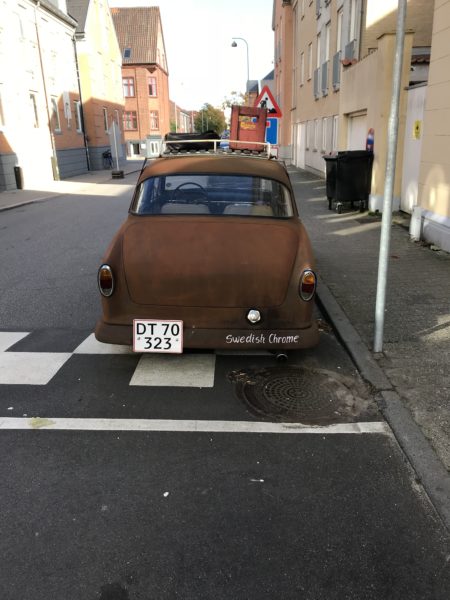

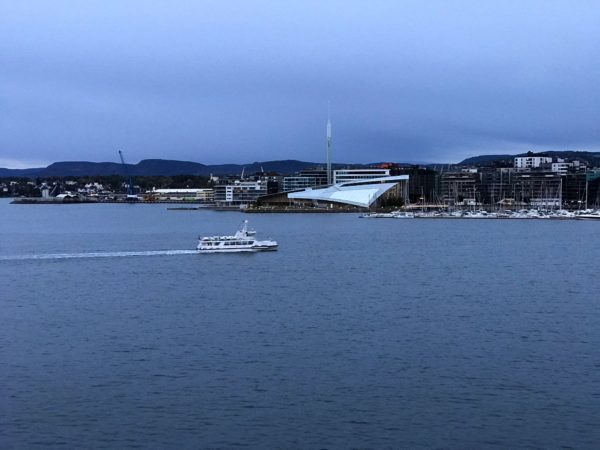




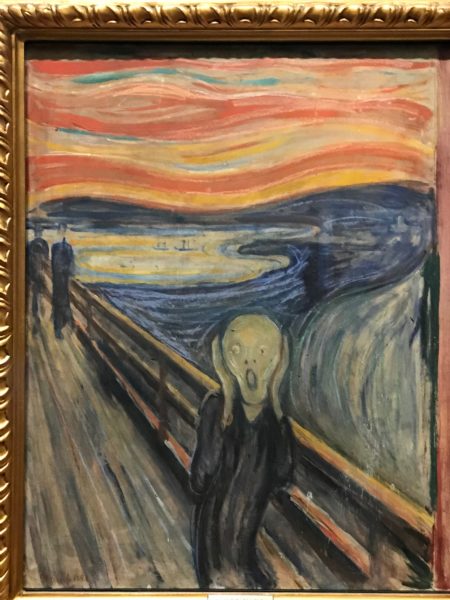
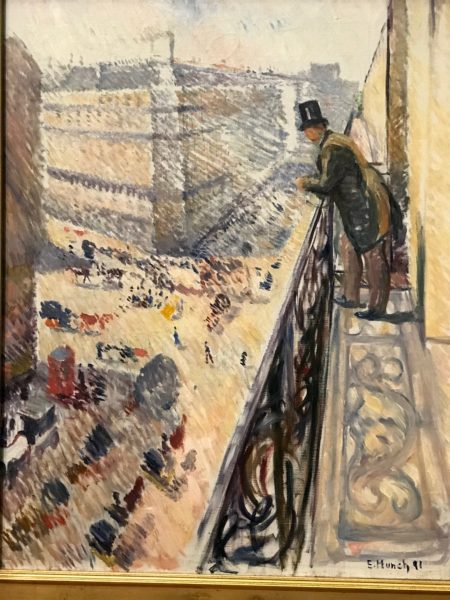
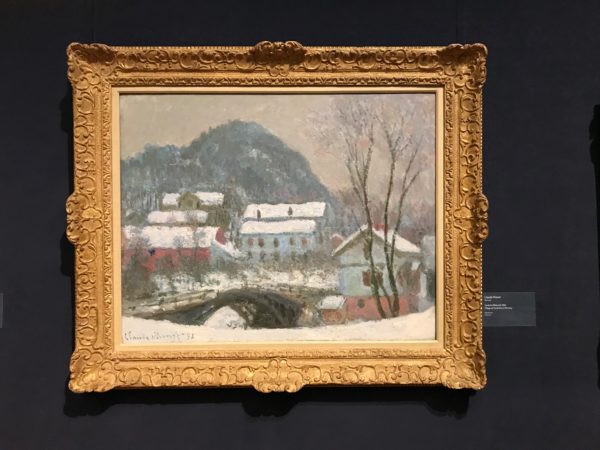
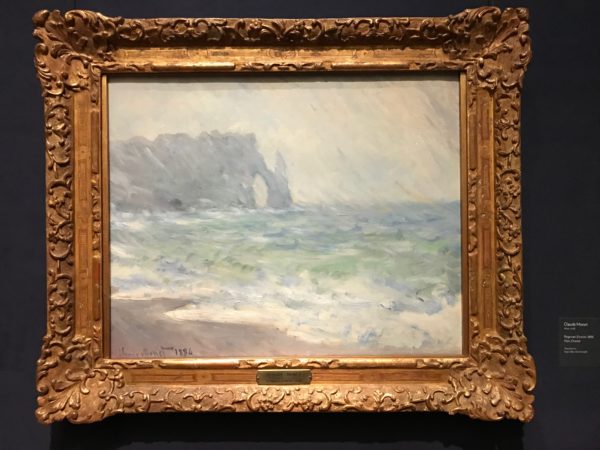
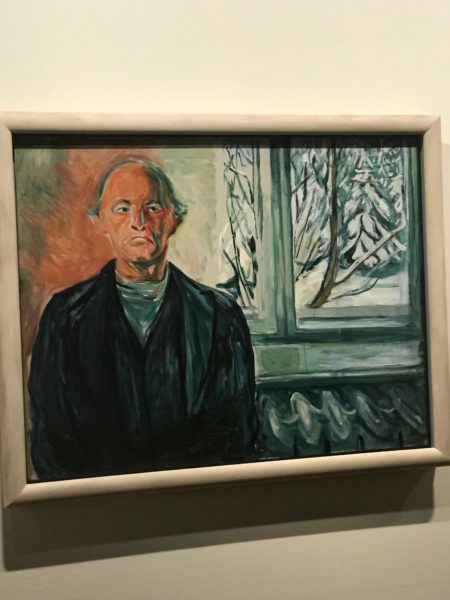
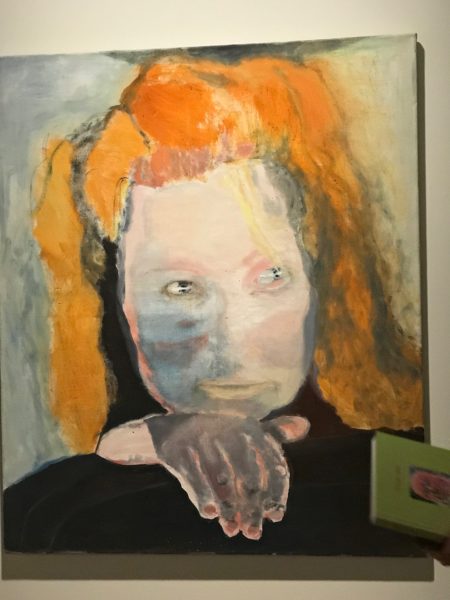
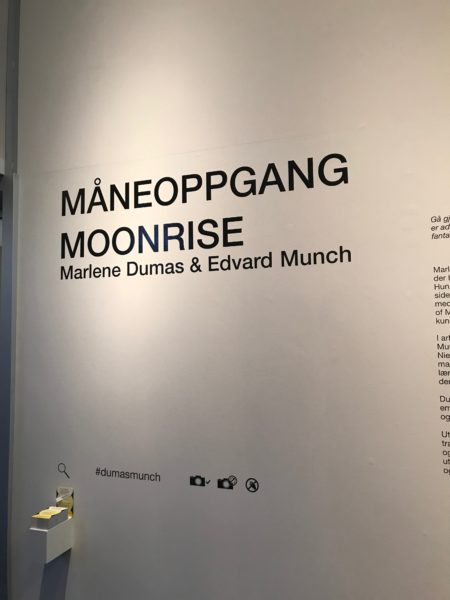
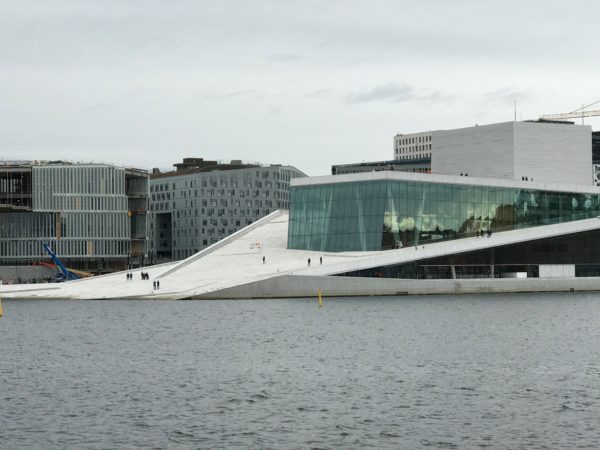
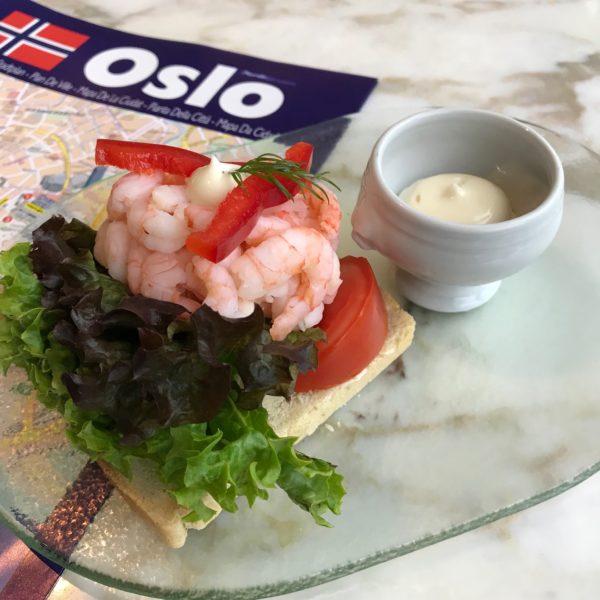

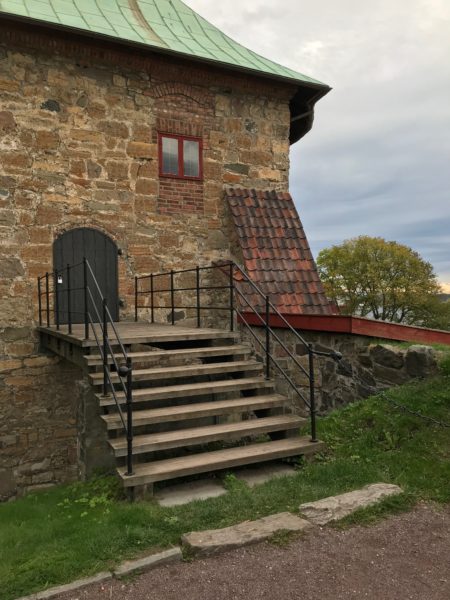
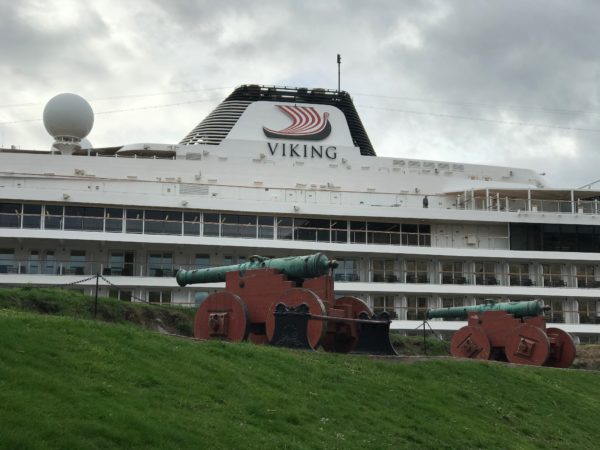


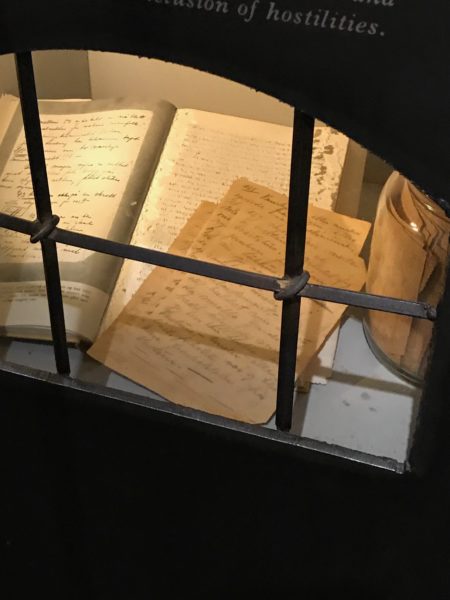
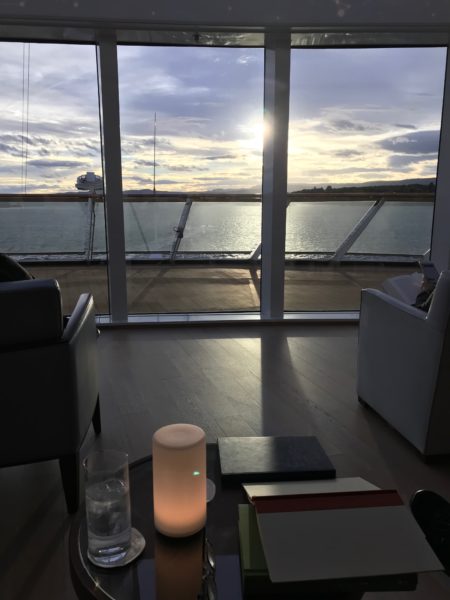

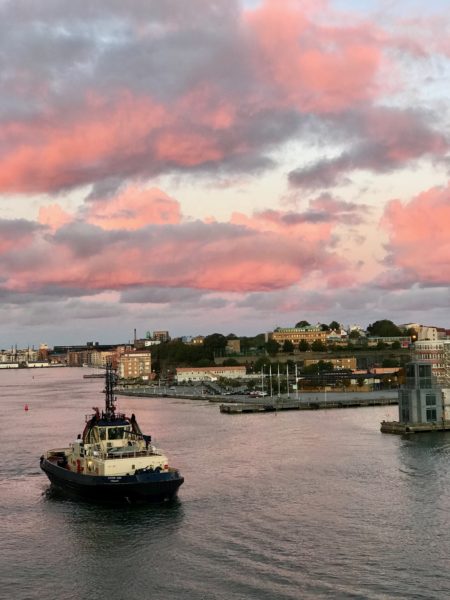

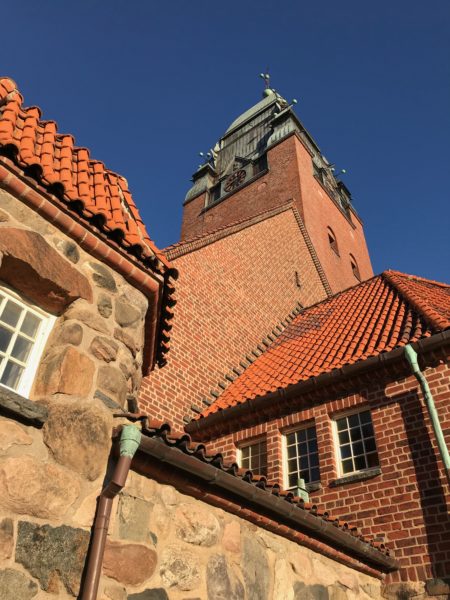

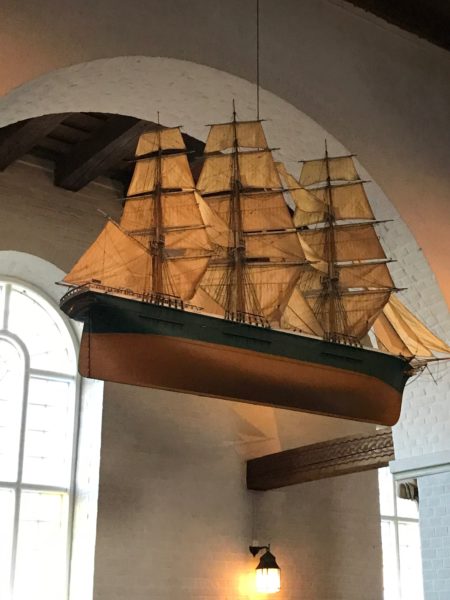
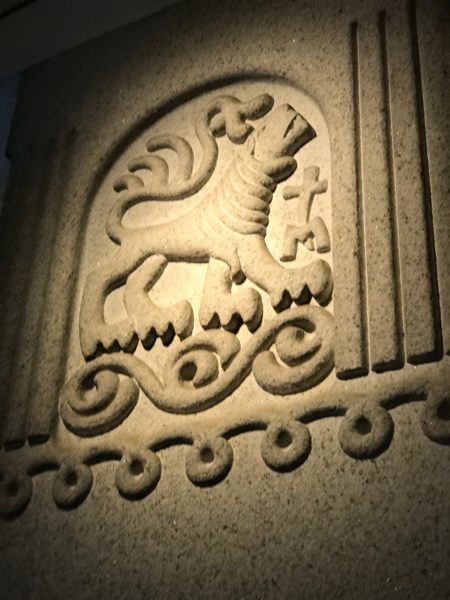

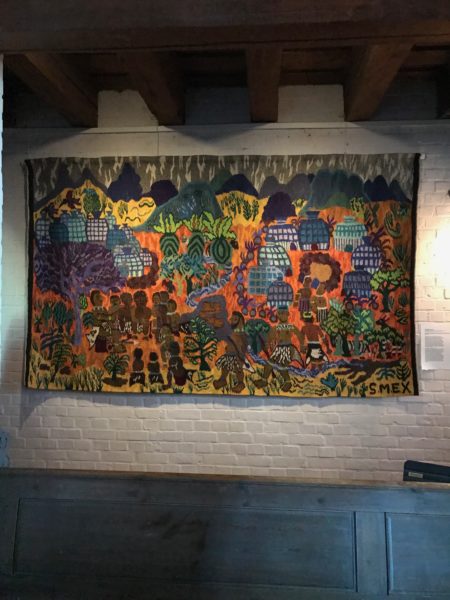
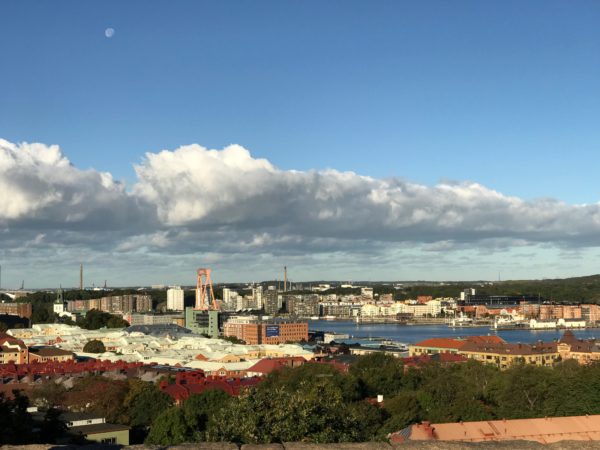
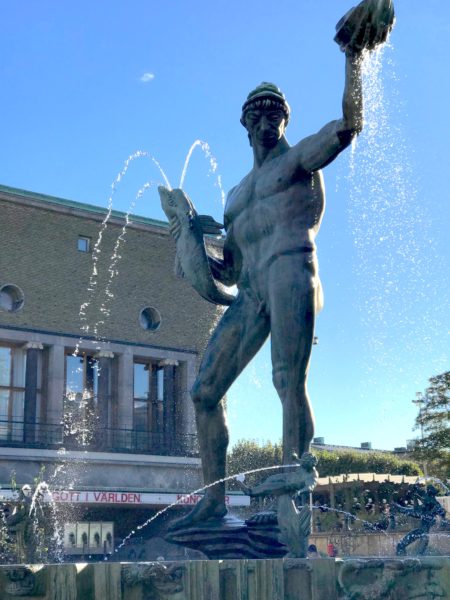
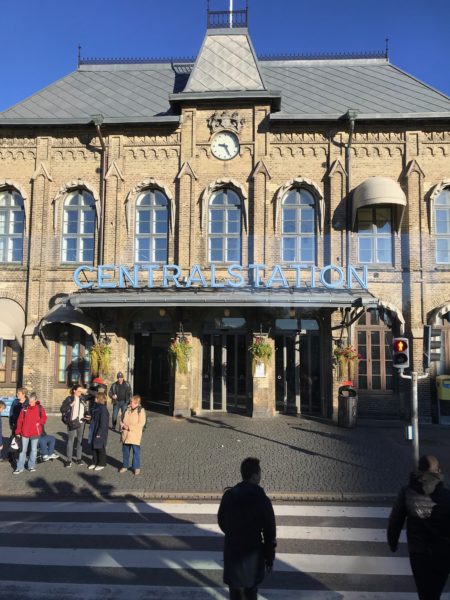
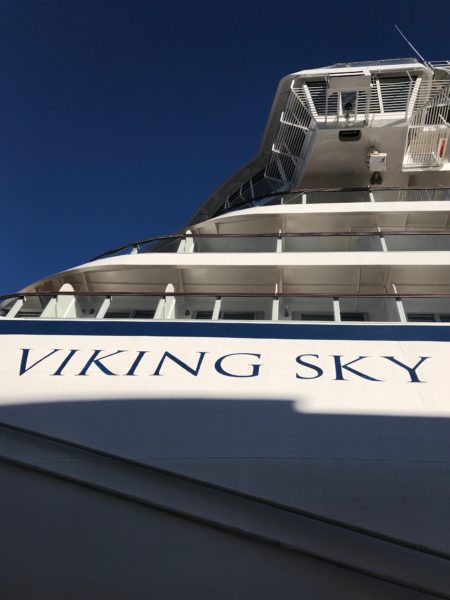


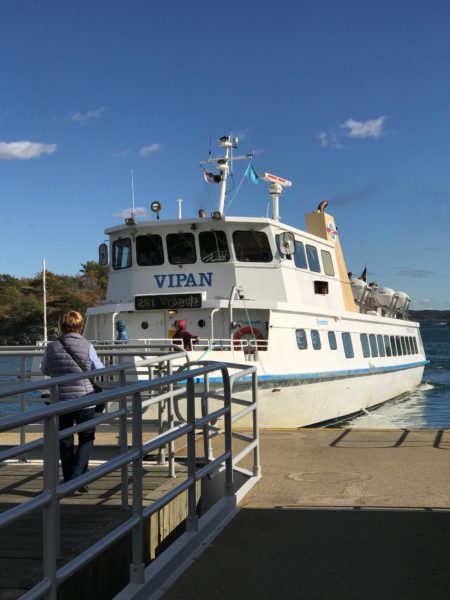
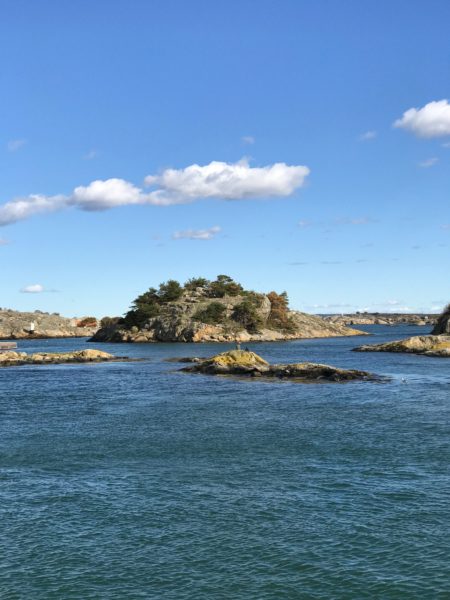

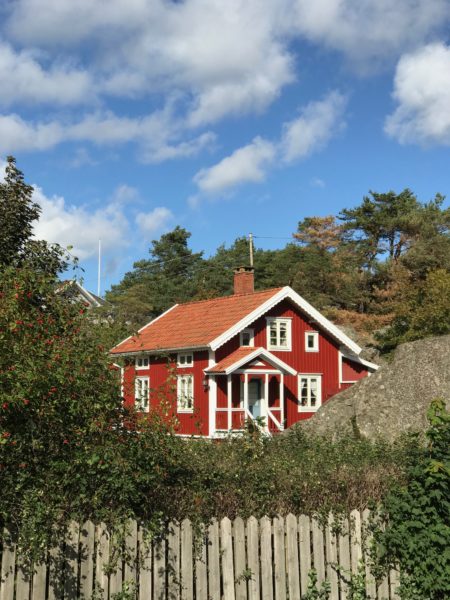
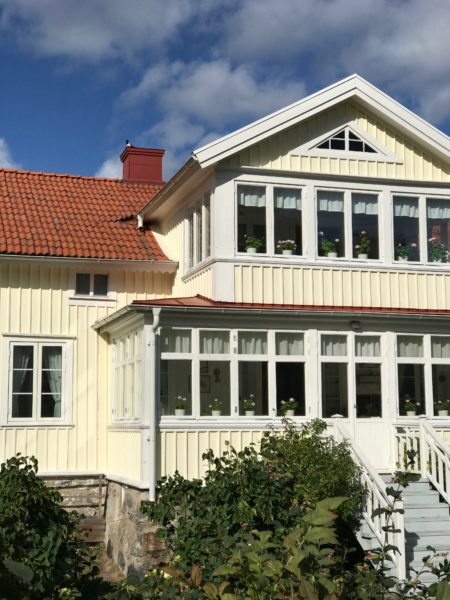
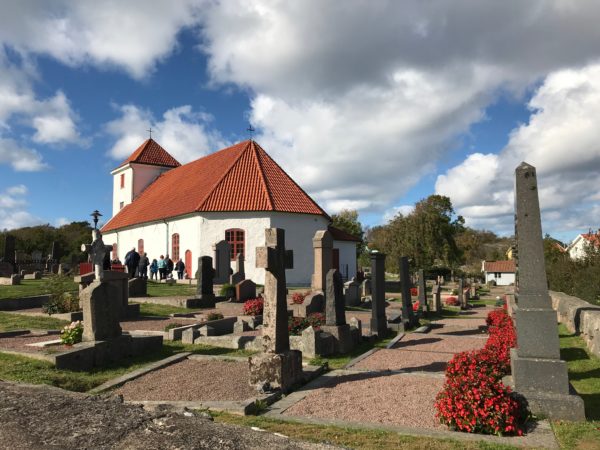
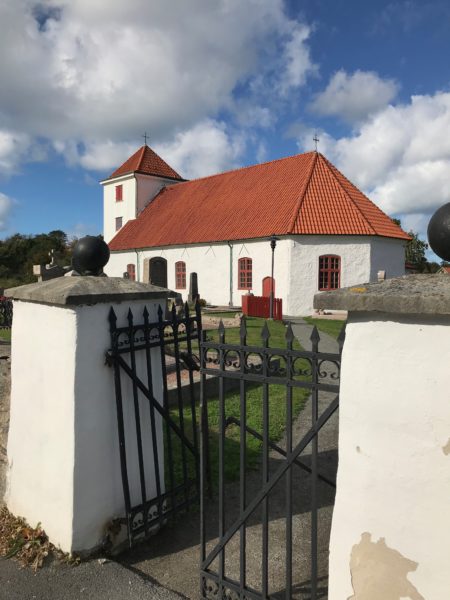
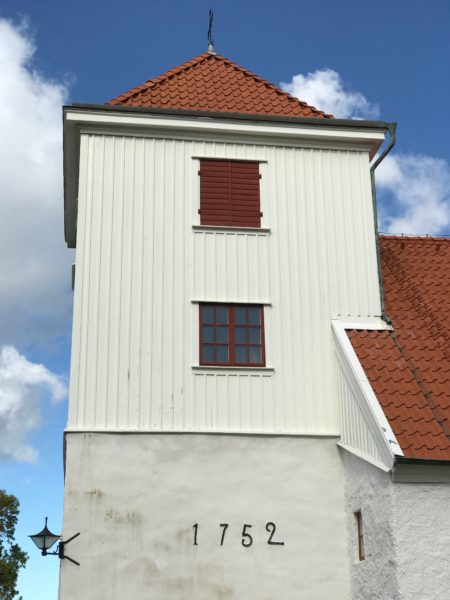
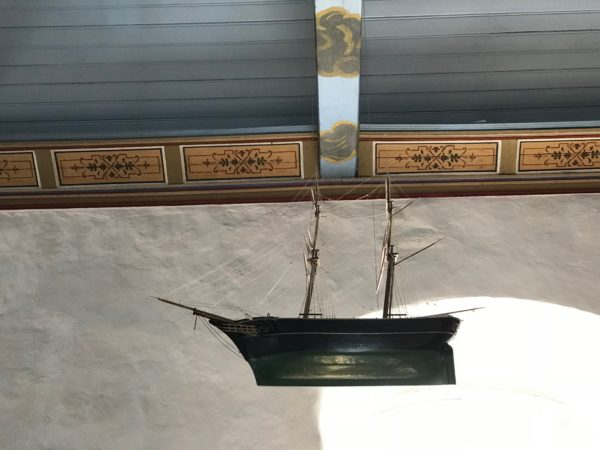
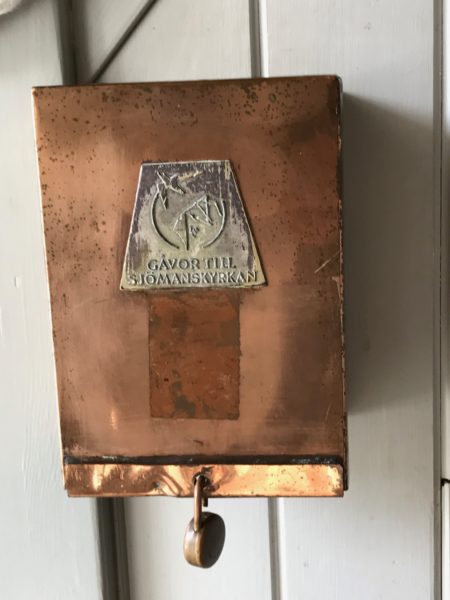


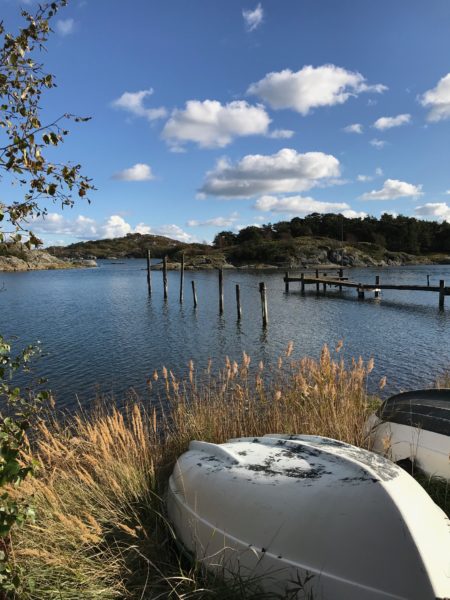
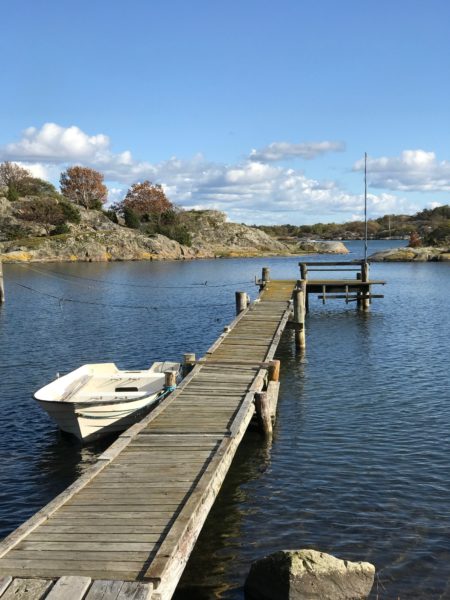
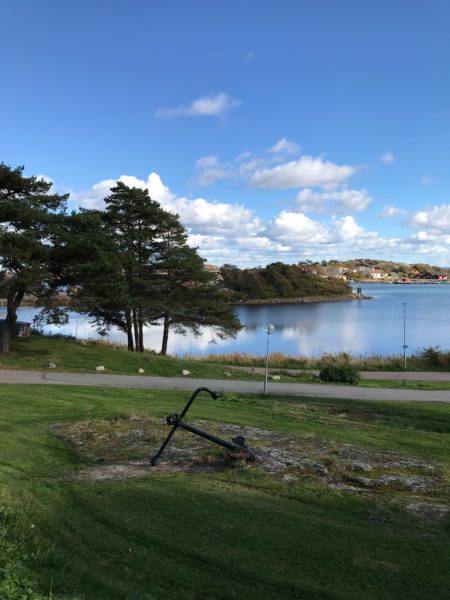

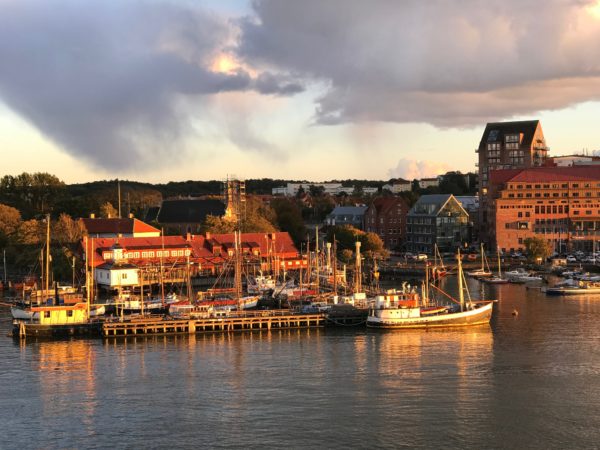
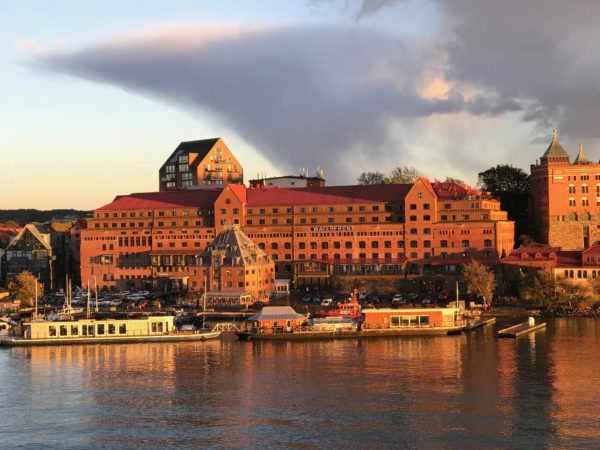

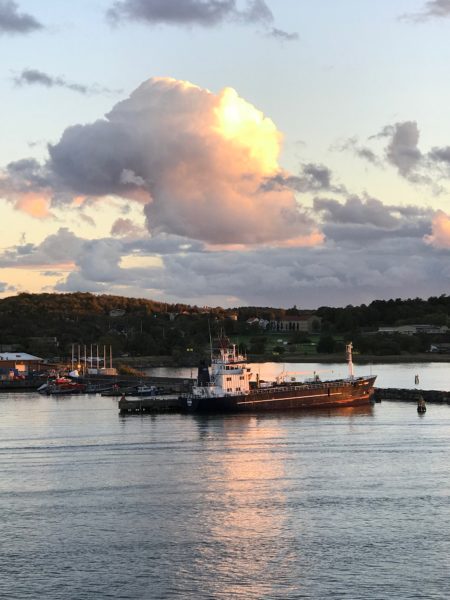
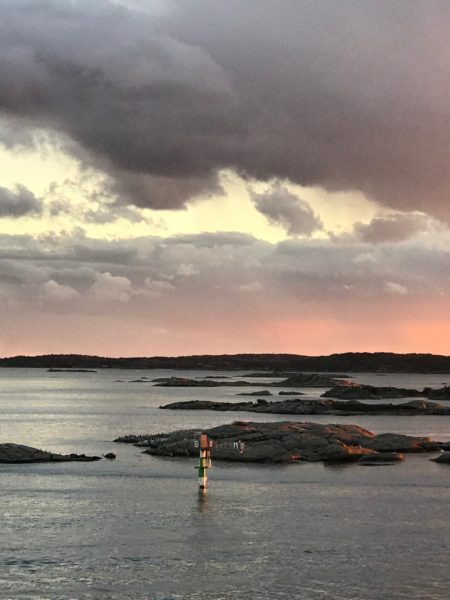

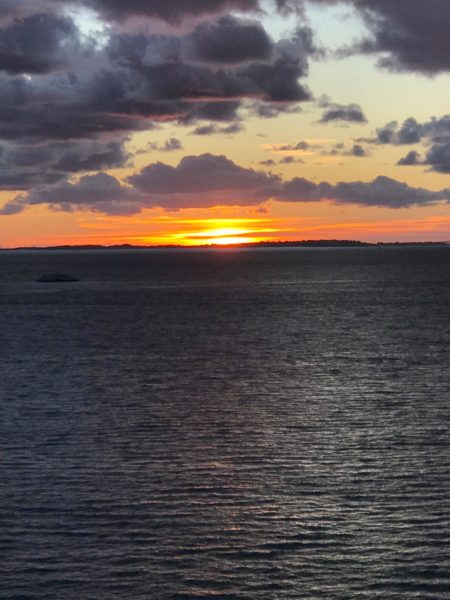
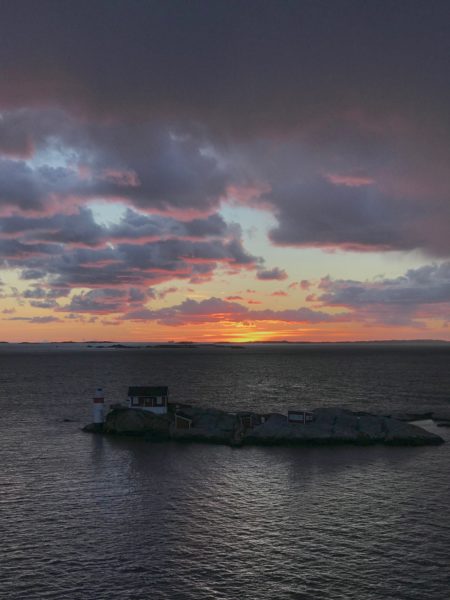
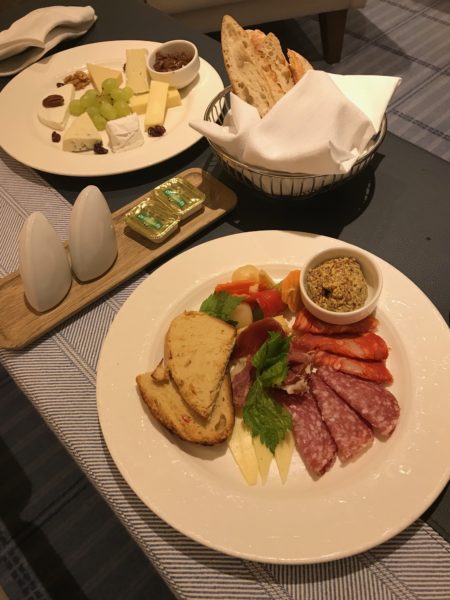
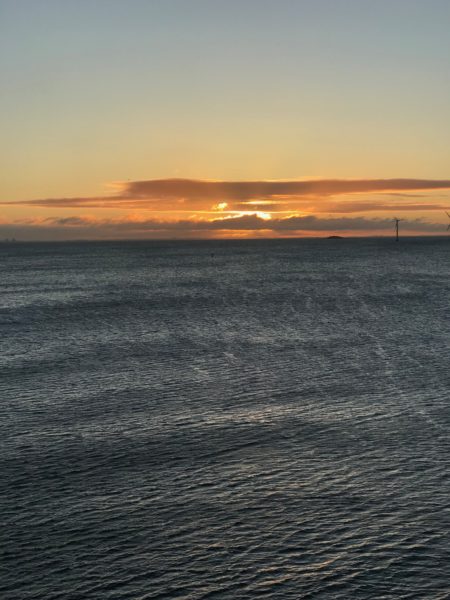

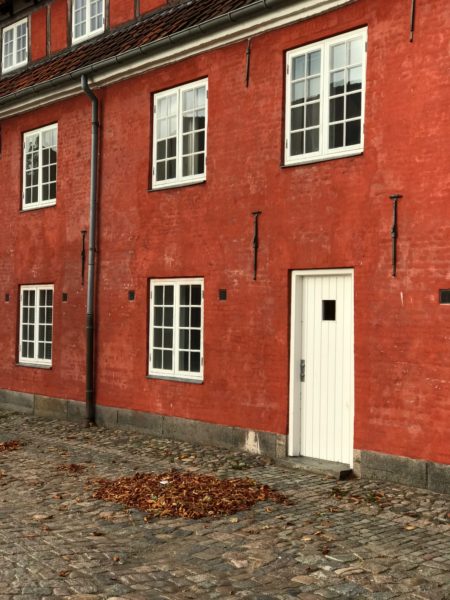

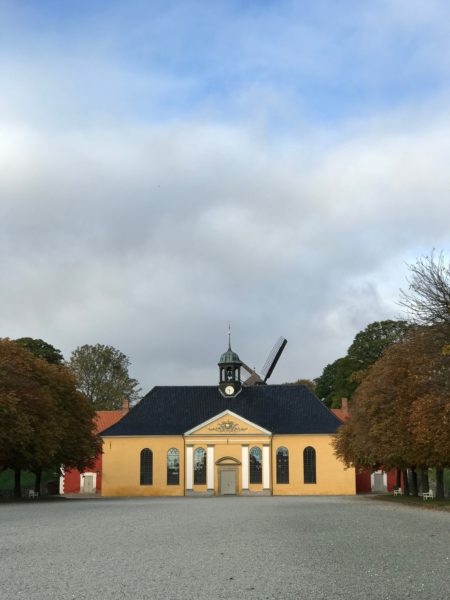
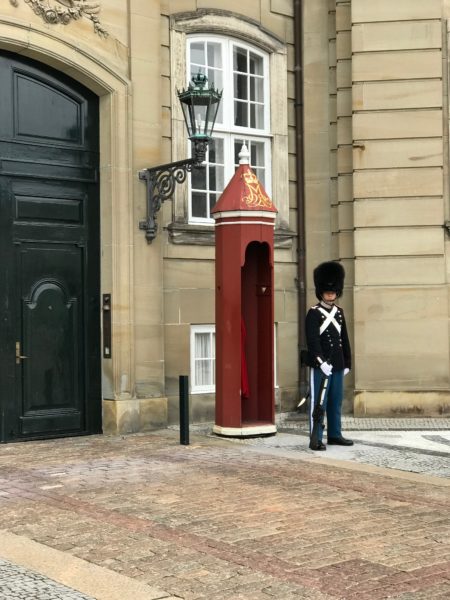
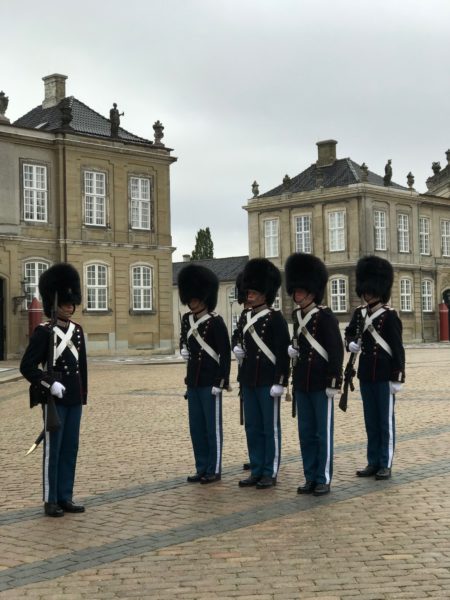
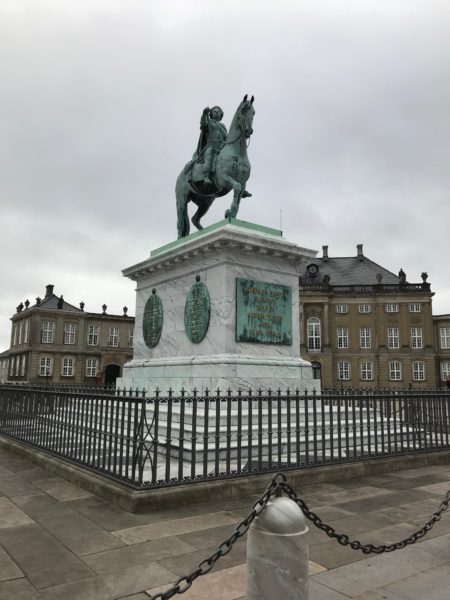

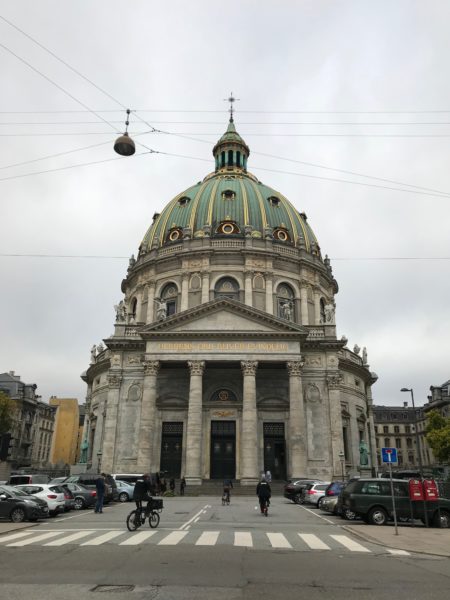
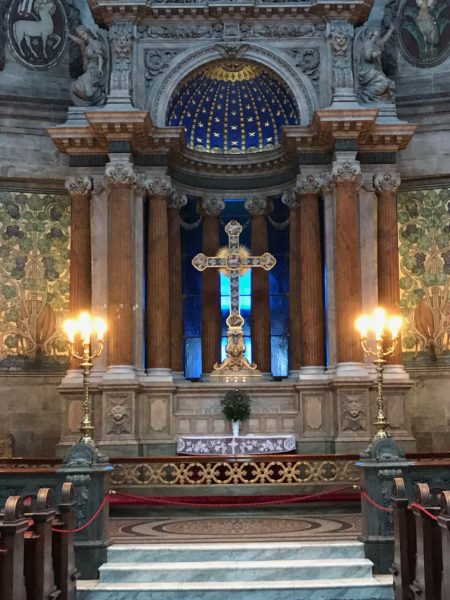
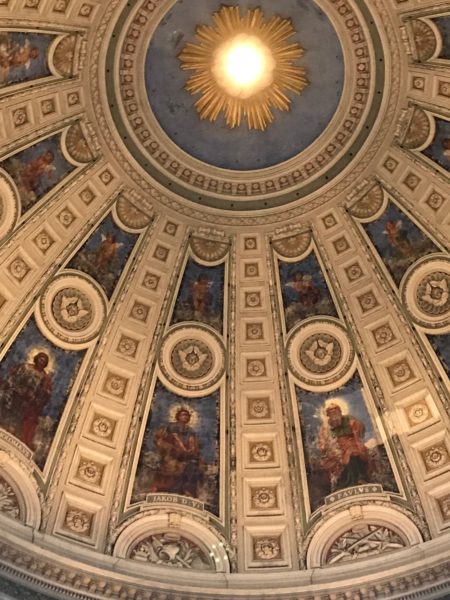


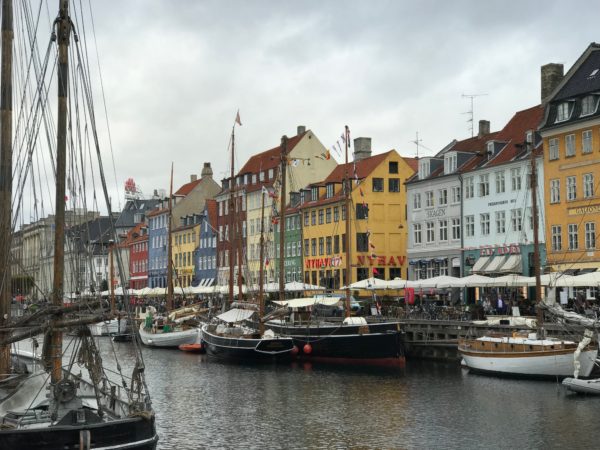



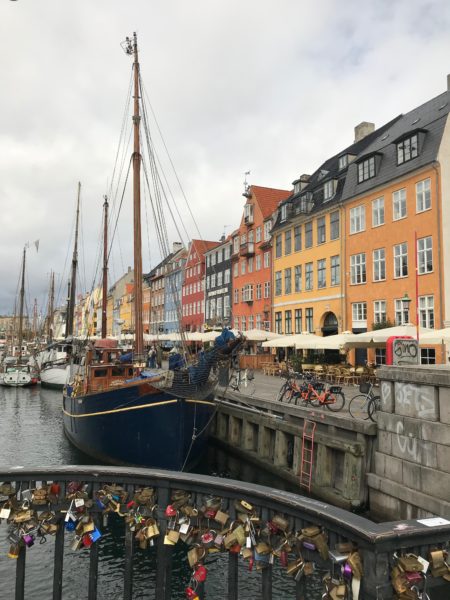
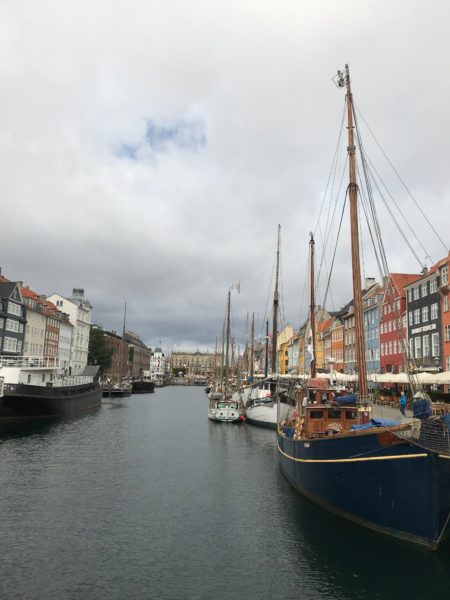
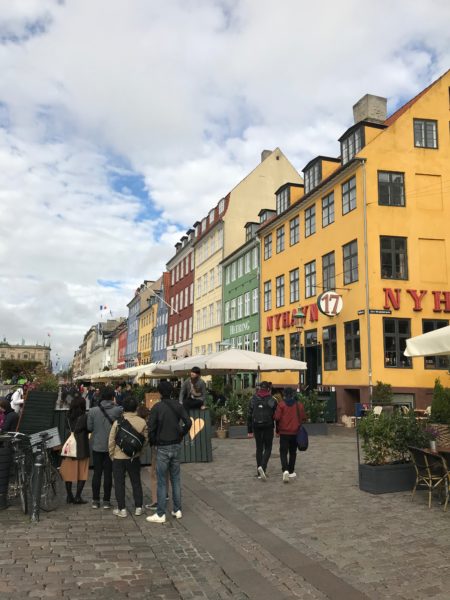


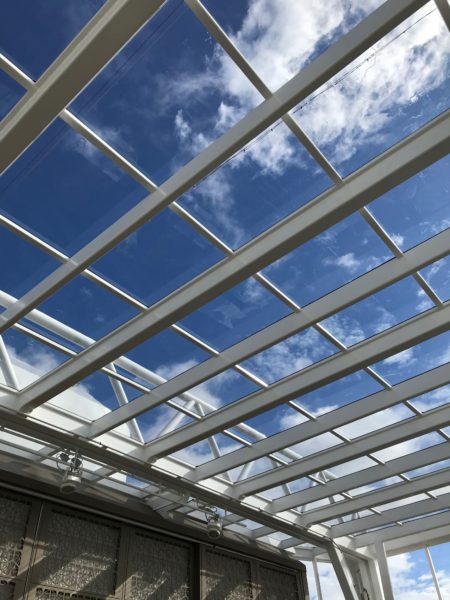

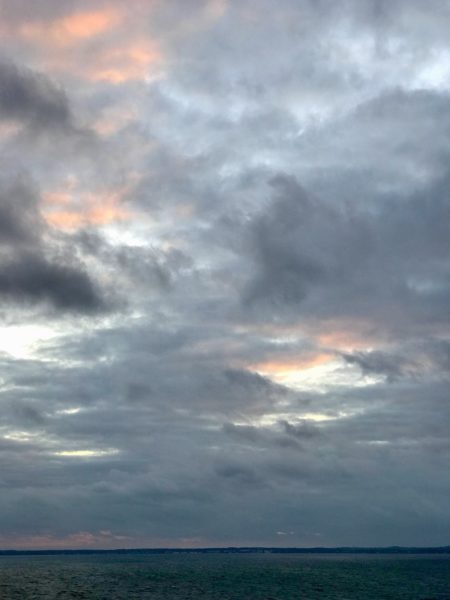
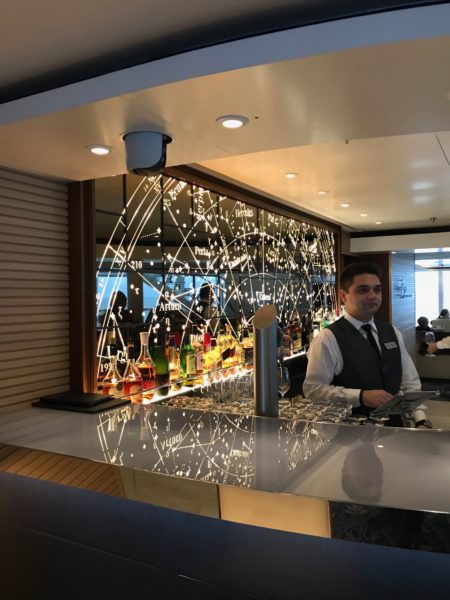
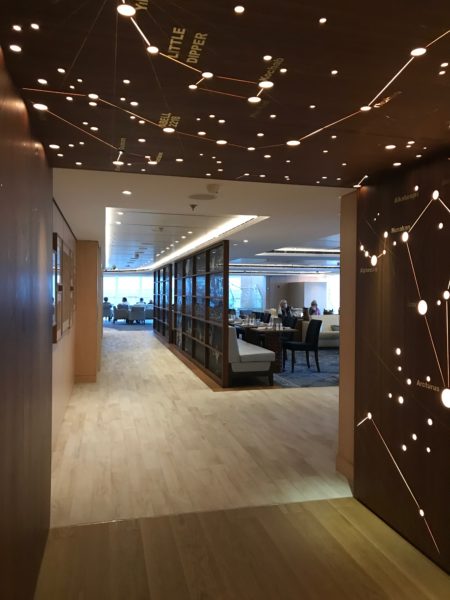

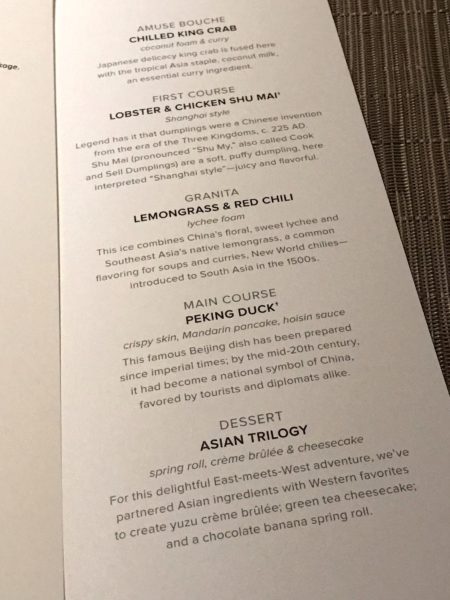

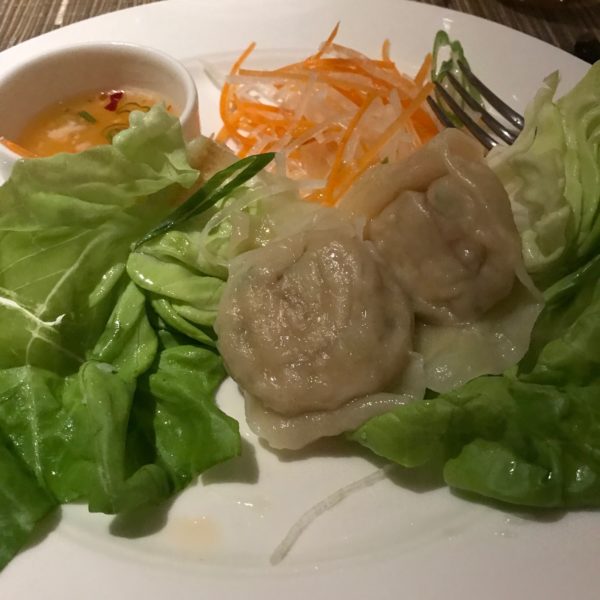

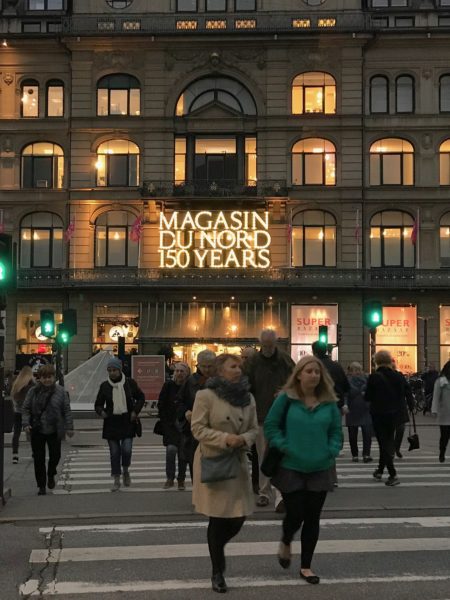 Copenhagen Wednesday September 26, 2018 9:35 PM
Copenhagen Wednesday September 26, 2018 9:35 PM
